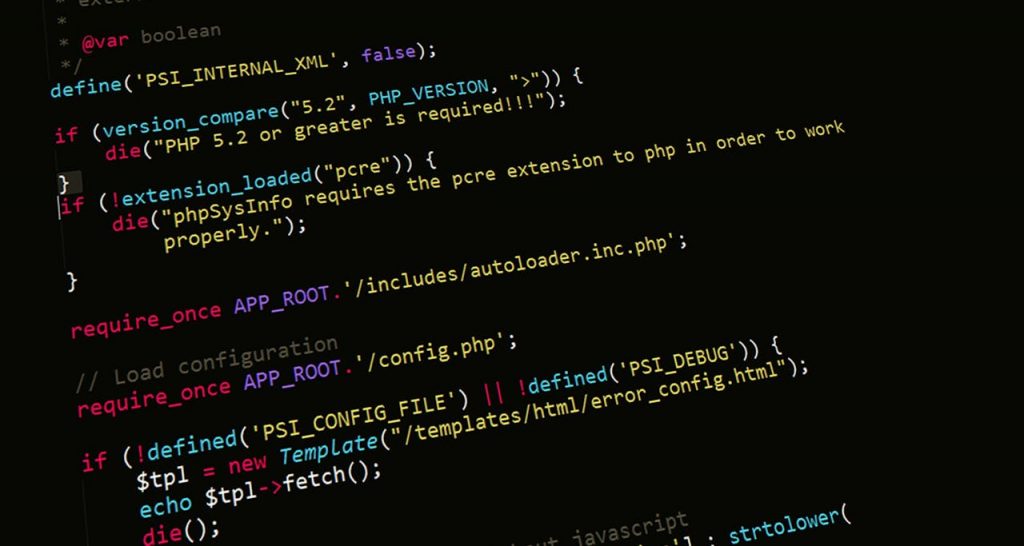Shardul Bhatt
Shardul stands as the CEO of BoTree Technologies, a leading Software Development Company, Mobile app & IoT solution company.
In 2021, React Native was the second most used cross-platform mobile framework by developers worldwide, with a market share of 38%. React...

Image Credits: pexels
In 2021, React Native was the second most used cross-platform mobile framework by developers worldwide, with a market share of 38%. React Native application development services provide faster prototyping and ease of development – becoming every developer’s favored choice.
Some of the world’s top companies like Facebook, Uber, Skype, Instagram, and Pinterest, among others, either have a React Native application or use it in their technology stack. It provides rapid app development for both iOS and Android. The demand for React Native developers is increasing as companies move from traditional frameworks to React.

While there are great benefits of React Native, developers face challenges as well. Companies often believe that React Native will solve all their cross-platform development requirements. However, they forgot to account for both the human and machine mistakes that might occur.
This article will highlight the top 10 mistakes that React Native developers might make while creating a cross-platform solution. We will understand how they can avoid such mistakes and make better React Native apps.
It is important to understand the mistakes that occur with React Native and JavaScript so as to avoid degrading the user experience. Here are the top 10 mistakes that developers must avoid while working with React Native projects –
Redux is the go-to tool for proper management and planning of data. It is highly suitable for large-scale enterprise applications that process tons of data. It will create a store hierarchy and offer a proper arrangement of all the files.
Image optimization enables easy uploading of images to the cloud. It provides properly aligned images that don’t take up a lot of space. Optimizing can simply be done by resizing the images.
There are different areas where wrong estimations lead to dramatically bad outcomes. App layout, modules, forms, endpoints – everything has certain factors that can be easily estimated incorrectly.
Developers need to properly estimate the requirements before making a plan. They need to evaluate the code for two separate platforms, even when it is reusable. Teams should create two different layouts and factor in the database structure before making an estimation.
Stateless component utilization
React Native apps often have stateless components because developers are unaware of what they might do to the mobile app. Even though adding stateless components was an effective practice before React 16, it doesn’t work like that anymore.
To avoid re-rendering a component, developers now prefer to use Pure Components. Therefore, to eliminate the change based on the parent component, using Pure Component makes sense as it only re-renders the specific components.
Unit tests are useful in identifying the issues and errors in separate parts before anyone else. It is important to test the functionality before launching it to the end-user.
Create a plan for coding practices and ensure that you follow them. It enhances code readability and enables the team to work seamlessly on the codebase. Since React Native may have a complicated codebase due to cross-platform capabilities, it is important to follow the best coding practices.
If you keep the render methods and logic internally, it can lead to a serious issue. With console logs, debugging becomes a hassle – especially when the render methods and logic are asynchronous. It also creates issues in the JavaScript thread.
The best thing developers can do is keep the console.log statements handy. When they need to debug the application, they can just go through the documentation and implement the changes with ease.
It is no surprise that a cross-platform application can have a complex project structure. Even a software development services company with great planning can get entangled in the complicated React Native structure of the project. It is also a neglected factor that leads to major problems ahead.
There are multiple ways to structure a project. If files and folders are easily accessible, it will simplify collaboration. A good and well-organized project framework will offer tremendous benefits in the long run.
The data and view are interconnected in React Native apps. The view consumes new data from the datastore and showcases a new state on the screen. The cycle of state changes is corrupted when the state inside is mutated directly. It can lead to the app crashing or performing poorly.
Development teams must avoid mutating the state directly from the data store. They should focus on following the lifecycle of the component under examination in the React Native development process.
React Native application development is possibly one of the best options for cross-platform mobile development. It enables developers to build mobile apps 25% to 40% faster than several other frameworks. Avoiding the above mistakes can easily improve the speed of the development process and the performance of the application.
Suggested:
React Native versus React.js: The Differences You Must Know.
React JS Development Process – How it Works?
5 React Development Tips and Tricks For Newbies.